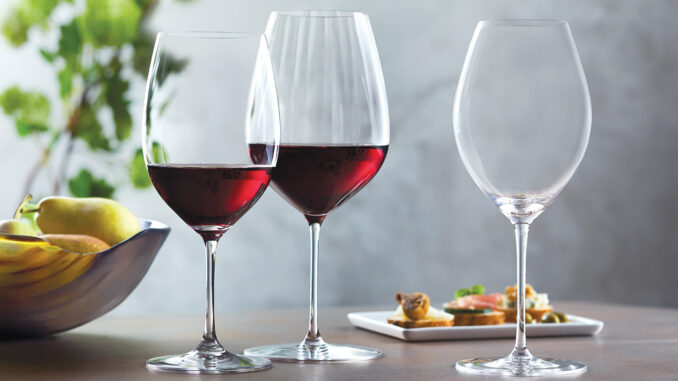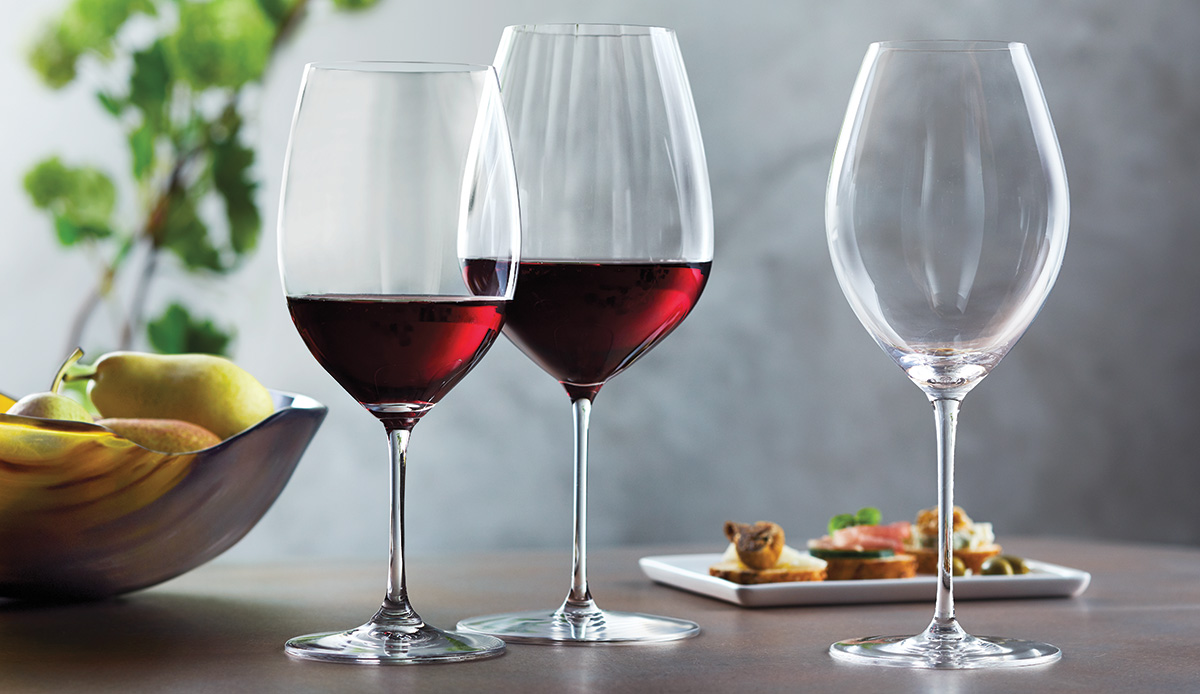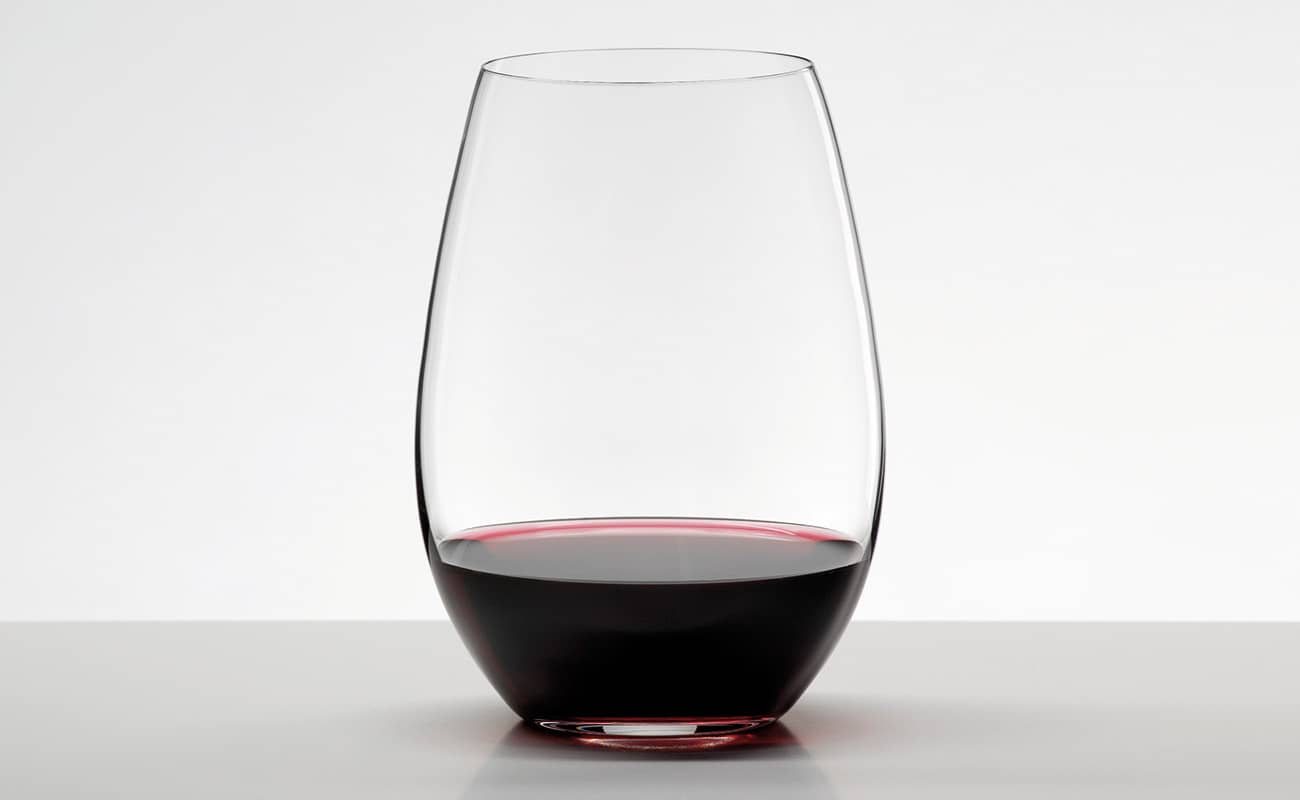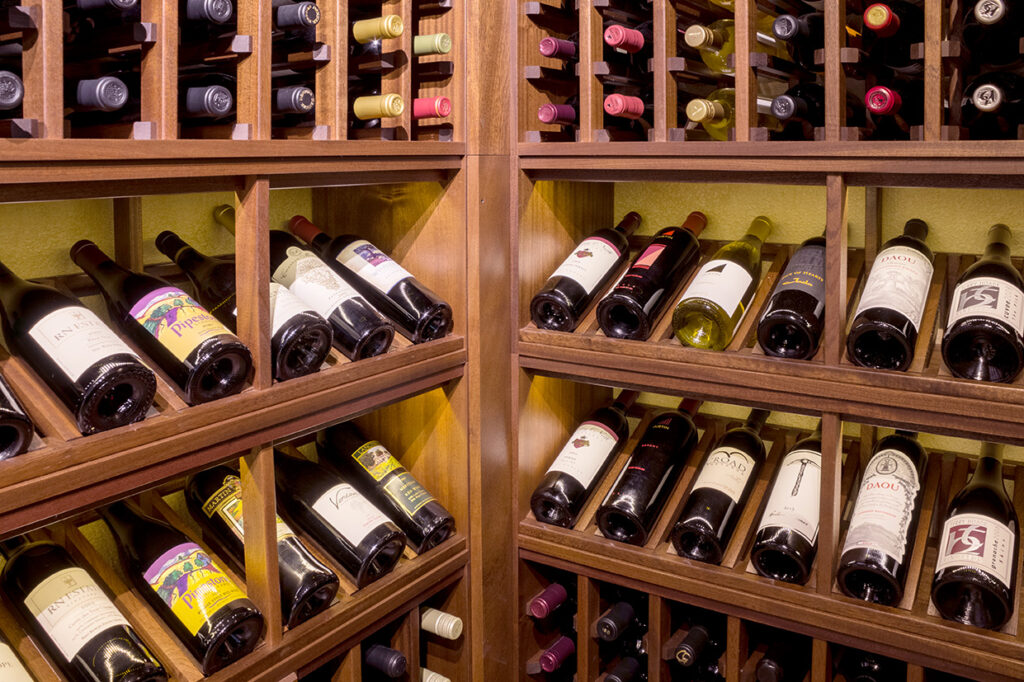
A bold and luscious red wine, Shiraz is one of Australia’s iconic drinks. This full-bodied wine has an intense ruby-purple color derived from red-skinned grapes and its plum-like flavor profile.
Shiraz is an extremely versatile wine that you can open anywhere and anytime. Shiraz is a popular, fun drink to enjoy with a group of friends. It is capable of subtlety, style, and grace.
Harvested in all regions of Australia, Shiraz copes well with warm as well as cool climates. It is Australia’s major wine export and the staple at every tasting bench.
Different terroirs and innovative methods of making wine result in a large variety of wine styles. Whether you’re seeking a simple red wine for mealtime or an outstanding variety for your wine cellar, there is a style of Shiraz for you.

Are Shiraz and Syrah the Same?
Technically, Shiraz and Syrah are the same red wine grape variety and wines produced with those grapes. The difference lies in the winemaking style, climate and regional expression.
Winemakers from the cooler regions, in the new and old world, call their wines Syrah. The classic old world wine comes from northern France’s Rhône Valley. It is elegant, dry, full-bodied, and deep-colored. It comes in various flavors, from bacon, red and black fruits, smoky, peppery, to strong floral notes. In the new world, many excellent Rhône-style Syrahs come from Sonoma County, California.
Unlike Syrah, the traditional new world wine is not dry but crisp and full-bodied. Winemakers in Australia and other warmer regions call this wine Shiraz. It usually has a higher alcohol content, given the hotter climate. The ruby-purple wine has intense fruit-forward notes of blueberry and blackberry with black pepper spiciness due to oak-influenced aging.
Ultimately, the style of production, not the source of the grapes, will dictate the wine varietal. So, if a winemaker in France chooses to follow the new world winemaking process, the wine can be called Shiraz.
Isn’t this classic wine intriguing enough to delve deep into its unique characteristics?

Aromas & Flavor Profile
Typically, Shiraz wine has flavors of dark-colored fruits, such as black currants and blueberries. This lush wine also includes notes of pepper, smoked meat, herbs and chocolate.
This is a fantastic combination of sweet and savory tastes! Shiraz wines produced in Northern Australia are spicier than those made in the cooler Southern Australia.
With aging, Shiraz gets an earthy flavor. With the tannins softening out gradually, the wine can even start tasting like a fine Port.
Alcohol Content, Acidity, and Calories
Don’t keep wondering if merely two glasses of Shiraz give you a hangover. Typically, Shiraz wines have 13 to 15.5% alcohol content. A few Australian varieties can even have up to 18%.
Most Shiraz wines are briskly acidic, which makes them great food partners. Their adequate acid levels also help them endure warm weather without turning jammy.
There are about 130 calories in a glass of Shiraz with an alcohol level of 15%. The alcohol content provides 120 calories, while the remaining ten come from carbohydrates.

Aging Shiraz in Your Wine Cellar
Being highly tannic and acidic, Shiraz wine ages well. When aged inside an oak barrel, the wine is infused with coconut flavors and comfortable, warm notes.
Bottle aging changes the wine’s color to a light red, causing exciting flavor transformations. Bottle age characteristics blend with the powerful fruit aromas, creating a subtler output. Also, the tannins soften and enhance the complex bouquet of the aged wine.
Most Shiraz wines age comfortably for five to ten years. You can cellar exceptionally age-worthy wine bottles for at least 25 years.
Serving Shiraz
The high alcohol content in Shiraz necessitates a slight chilling of the wine before serving to avoid dull flavors. Serving it too cold will mute the aromas, so it is important to find the right temperature.
Ideally, you should serve Shiraz wine at 60–65°F, i.e. refrigerated for 15 minutes. This way, the full-bodied Shiraz will give back a delightful mouthfeel, supple and smooth tannins, with balanced acidity.
Serve the wine in wide-bowled glasses having a larger surface area, such as Riedel Vinum XL. Wide-bowled glasses allow the wine’s rich aromas to blossom and enhance your tasting experience.
Always restore the cork of an unfinished bottle of Shiraz and refrigerate it again. That way, the flavors stay fresh for another few days, or use a preservation system like WineKeeper to keep it fresh for weeks after opening.
Food Pairing

Shiraz is, unsurprisingly, a popular choice for food pairings. It particularly accentuates the flavors of bold foods.
The fruit and herbal notes in Shiraz pair well with meat stews, grilled meats, and vegetables. Aussies love washing down seasoned kangaroo meat with a glass of Shiraz. The gamey meat is a perfect companion for the wine’s dark fruit flavors.
Oak-aged Shiraz and spicy chickpea curry make a fantastic pair. The wine’s rich flavors complement the delicious curry’s coconut cream. Moderately tannic Shiraz wines from cooler regions lend themselves well to barbequed duck, grilled mushrooms and pasta.
How can one forget about age-old wine and cheese pairing? The fruit-forward Shiraz typically goes well with a slice of hard, nutty cheese such as cheddar. The wine’s rustic notes also pair well with soft, creamy cheeses like Camembert. Its medium sweetness can deal excellently with smoked blue cheeses like Stilton.
Shiraz can blend with whiskey, beer and other types of red wine. With Shiraz, you’ll never have a problem preparing cocktails for your house party!
Ready for a glass of Shiraz? Delight your friends with this delicious one-of-a-kind wine!
About the Author: Rebecca Siggers has been a wine lover and blogger for the last 5 years. She’s been to Napa Valley and is an avid traveler. Through her writing she wants to spread love for wine all over the world.